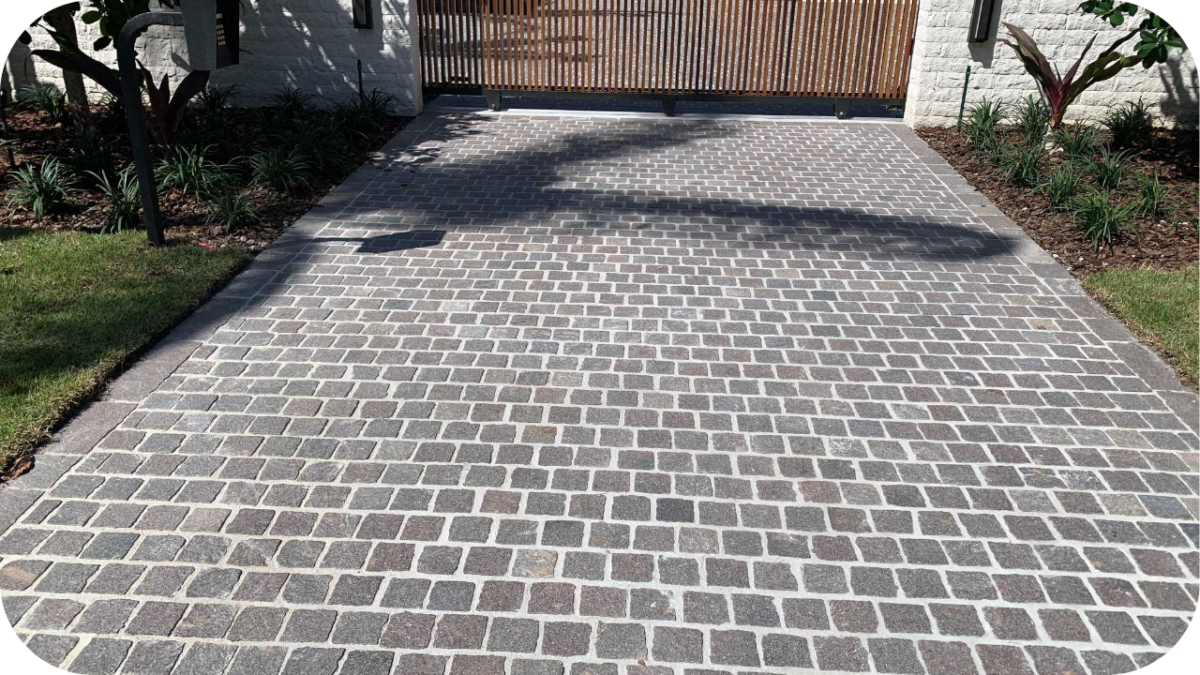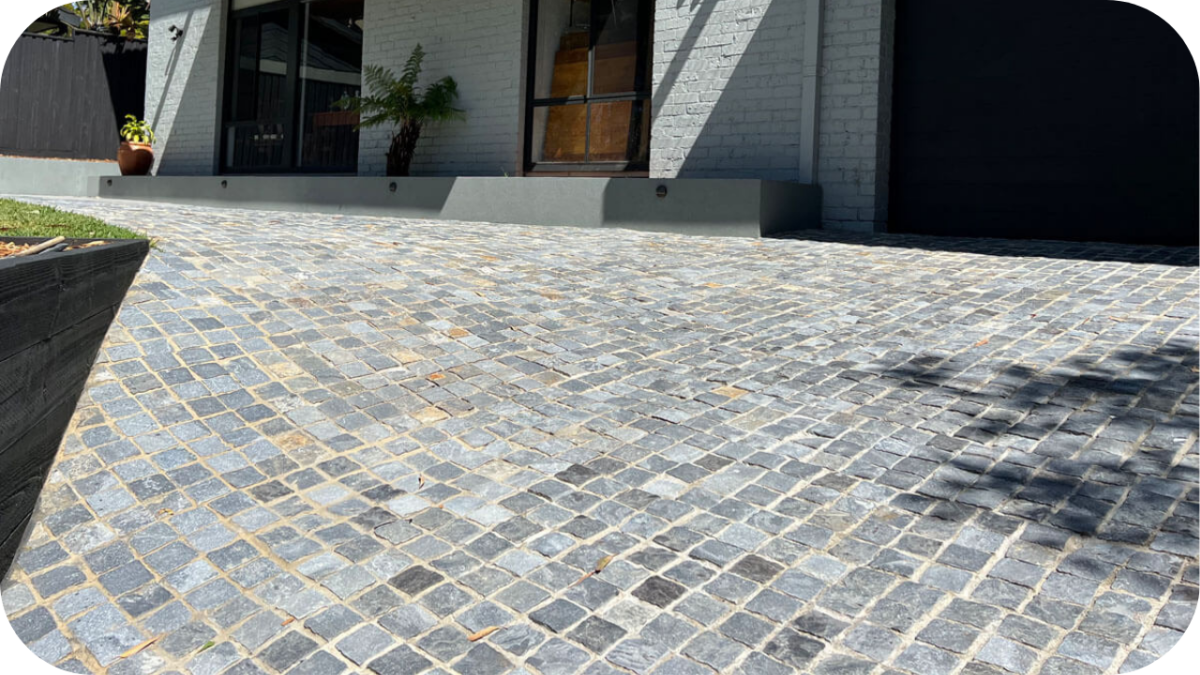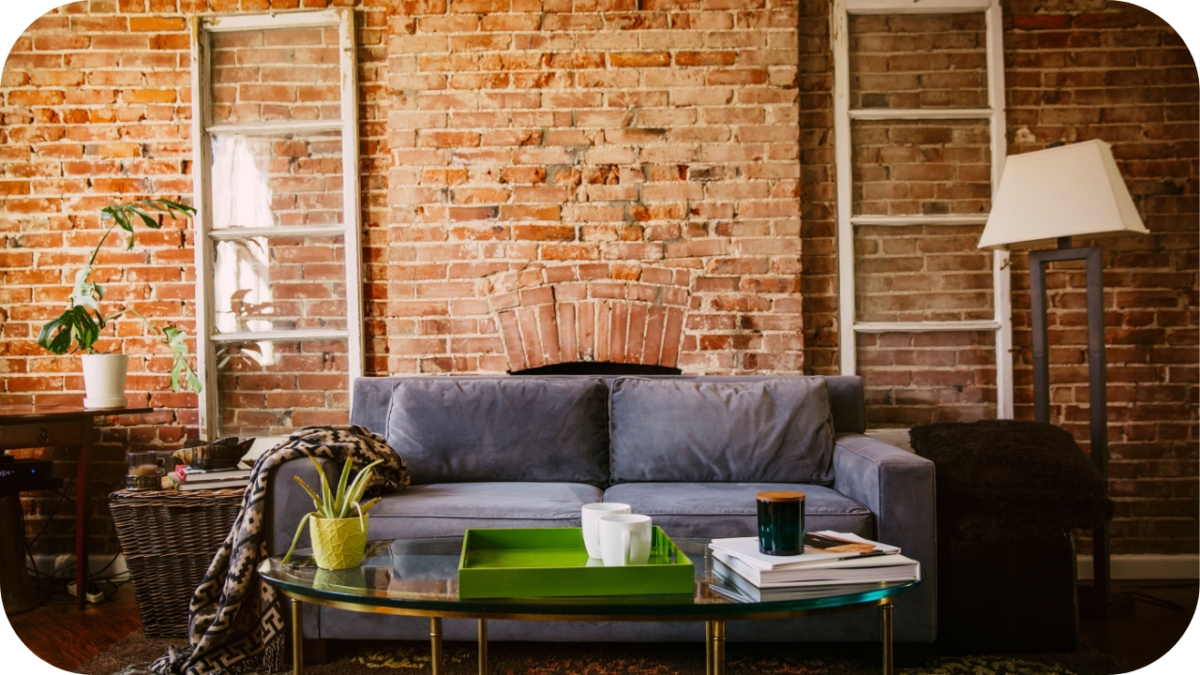Porphyry Cobblestone for Timeless Outdoor Elegance
Some materials do more than pave the ground. They define a space. Porphyry cobblestone, known for its natural split texture and rich, earthy tones, brings old-world charm into contemporary outdoor settings.
From elegant courtyards to high-traffic laneways, its rugged strength pairs beautifully with refined design. This unique stone has graced European streets for centuries and is now gaining popularity across Australian landscapes.
For homeowners and designers seeking both longevity and visual depth, Porphyry cobblestone is more than a practical surface. It is a timeless character set in stone.
What Is Porphyry Cobblestone?
Porphyry cobblestone is a dense, volcanic stone created through the slow cooling of magma, resulting in a unique composition rich in quartz, feldspar, and fine crystals.
Its naturally split surface and subtle texture make it an ideal material for paving spaces where durability and timeless charm are essential. Unlike more uniform options like granite or bluestone, Porphyry features a blend of earthy colours such as grey, red, purple, and brown, often visible within a single piece.
This natural variation brings warmth and visual interest to outdoor areas. With low porosity and excellent resistance to wear, Porphyry cobblestones age gracefully and perform exceptionally in high-traffic environments.
Key Benefits of Using Porphyry Cobblestone
Porphyry is not just a striking natural stone. It also delivers performance features that make it ideal for demanding outdoor spaces. Here are the key advantages that make Porphyry a standout paving material:
1. Offers Exceptional Durability and Strength
Porphyry is incredibly strong, able to endure the pressure of both foot and vehicle traffic. Its dense mineral composition makes it highly resistant to wear, cracking, and weathering, ensuring reliable performance in high-use outdoor areas over many years.
2. Provides Natural Underfoot Safety
Porphyry’s organically textured surface creates a stable footing, even in wet or high-traffic areas. This natural grip makes it ideal for spaces like pool surrounds, garden paths, and alfresco zones where confident movement underfoot is essential for everyday use.
3. Resists Weathering, Salt, and Freeze Damage
Porphyry performs well in all weather conditions, including rain, frost, and coastal environments. Its natural density helps it resist salt attack and freeze-thaw cycles, maintaining its integrity and appearance in even the harshest Australian climates.
4. Minimises Maintenance Requirements
With its low porosity, Porphyry resists staining, moisture absorption, and dirt build-up. It retains its natural appearance with minimal effort, making it a low-maintenance paving solution for homeowners, designers, and commercial landscapes alike.
5. Ages Beautifully Over Time
Rather than fading or wearing unevenly, Porphyry develops deeper tones and surface character with age. This natural evolution enhances its charm, lending a timeless, established feel to any space it’s used in.
Common Outdoor Applications of Porphyry Cobblestone
Porphyry is not just visually striking. It’s also incredibly practical for a wide range of settings. Here are the most popular ways Porphyry cobblestones are used outdoors:
- Driveways and Laneways: Porphyry’s strength makes it a reliable surface for high-traffic driveways and residential laneways. It supports the weight of vehicles while maintaining its visual appeal and structural integrity over time.
- Walkways and Garden Paths: Its natural variation and texture make Porphyry ideal for walkways and garden paths. It blends beautifully with the surrounding greenery and provides a stable, practical surface for everyday foot traffic.
- Courtyards and Patios: Porphyry adds warmth and authenticity to outdoor living spaces. Its unique colours and split finish create a relaxed, timeless atmosphere perfect for entertaining or unwinding outdoors.
- Public Spaces and Streetscapes: Thanks to its hard-wearing nature, Porphyry cobblestone is often used in civic spaces, plazas, and urban pathways. It holds up well under continuous footfall while adding aesthetic value to the streetscape.
- Pool Surrounds and Entertaining Areas: Porphyry’s textured surface performs well around pools and wet areas, offering secure footing and a refined, natural look that complements a variety of landscaping styles.
Porphyry Cobblestone Patterns and Layout Options
Porphyry doesn’t just offer durability. Its versatile layout patterns allow for creative expression. Here are the most common configurations used to bring structure and style to outdoor surfaces:
1. Fan Pattern for Traditional European Elegance
Inspired by old-world European streets, the fan pattern creates sweeping visual movement using radial arcs. This layout adds a decorative touch that works beautifully in courtyards, plazas, and high-end heritage-style settings.
2. Ashlar or Coursed Layouts for Symmetry
Ashlar or coursed layouts use rectangular cobbles in linear rows to achieve clean lines and symmetry. This structured pattern suits modern spaces, driveways, or commercial projects requiring a neat, geometric finish.
3. Modular Grids for Contemporary Uniformity
Modular grids use evenly sized square or rectangular cobbles placed in repetitive blocks to create a clean, minimalist finish. This pattern is ideal for contemporary spaces where a streamlined, modern layout is preferred and symmetry is key.
4. Random Layouts for Natural, Relaxed Landscapes
The random layout features mixed sizes and irregular placement of cobbles, creating a casual, organic look. It’s ideal for garden paths, courtyards, and patios where a soft, unstructured feel is desired.
5. Borders and Inlays for Design Contrast
Borders and inlays introduce contrast and emphasis within cobblestone areas. These patterns highlight edges, entrances, or feature zones and can be used to break up large surfaces or create visual interest.
Porphyry vs Other Cobblestones: A Practical Comparison
Porphyry stands out, but how does it perform alongside other popular cobblestone options? Here’s a side-by-side comparison to help you understand the practical differences between these natural stone types:
| Feature | Porphyry Cobbles | Bluestone Cobbles | Quartzite Cobbles | Euro Cobbles |
| Durability | Extremely dense and strong; ideal for heavy traffic and weather | Very durable; suitable for most outdoor areas | Strong but may cleave under pressure if not well selected | Varies by source; often less dense than Porphyry or Bluestone |
| Weather Resistance | Excellent resistance to salt, frost, and heat | Good weather performance with sealing | Good resistance, but can discolour with moisture | Generally weather-resistant, but some may fade over time |
| Surface Texture | Naturally uneven texture for confident footing | Smooth or exfoliated; may need additional finish for wet areas | Textured but may become slick when polished | Tumbled or sawn surfaces provide moderate ground contact |
| Colour Variation | Rich mix of grey, red, purple, brown, and green tones | Uniform tones in greys, blues, and muted purples | Light to medium greys, whites, and some warm tones | Typically warm greys and browns; limited variation |
| Maintenance Needs | Low porosity; minimal sealing required | Requires sealing to prevent staining and moisture absorption | Moderate maintenance; sealing recommended | Moderate; surface may need sealing depending on usage |
| Design Appeal | Rustic, aged charm with timeless appeal | Contemporary and clean aesthetic | Bright, light-reflective finish; more modern | Traditional European charm; often used in fan or basket layouts |
| Installation Cost | Medium to high, depending on source and format | Medium | Medium | Low to medium, often used in budget-friendly heritage projects |
Maintenance Tips to Keep Your Porphyry Cobbles Looking Their Best
Porphyry may be naturally low-maintenance, but a little care goes a long way. Follow these simple tips to protect its natural beauty and ensure long-lasting performance in any outdoor setting:
- Sweep and Rinse Regularly: Keep the surface free of leaves, dirt, and debris by sweeping often. Rinse with clean water to prevent buildup, especially in shaded or moisture-prone areas.
- Clean with a Neutral Solution: For deeper cleaning, use a pH-neutral stone cleaner. Avoid acidic or abrasive products, which can damage the stone’s surface or affect grout lines.
- Seal as Required by Exposure: In most residential settings, sealing may not be necessary. However, high-traffic or exposed areas benefit from periodic sealing to protect against stains and moisture.
- Check for Loose Cobbles: Inspect the surface annually for any movement or joint wear. Regrout or reset loose pieces promptly to maintain safety and structural integrity.
- Remove Weeds Promptly: If jointing is done with sand, keep an eye out for weed growth. Remove weeds by hand or use a natural weed control method to preserve the appearance.
- Avoid Harsh Pressure Washing: Use a low-pressure setting when cleaning with a hose or washer. High pressure may disturb jointing material or cause minor surface damage over time.
- Address Stains Early: Blot oil, food, or drink spills immediately using a clean cloth. Treat the area with stone-safe cleaners before the stain penetrates or sets into the surface.
Conclusion
Porphyry cobblestone offers a rare combination of beauty, durability, and timeless character that enhances any outdoor space. Whether you’re designing a driveway, courtyard, or public area, it’s a surface that lasts.
For premium Porphyry cobbles, expert installation services, and customised design support, trust Splendour in Stone. Contact our team today to transform your landscape with enduring quality and refined natural elegance.





